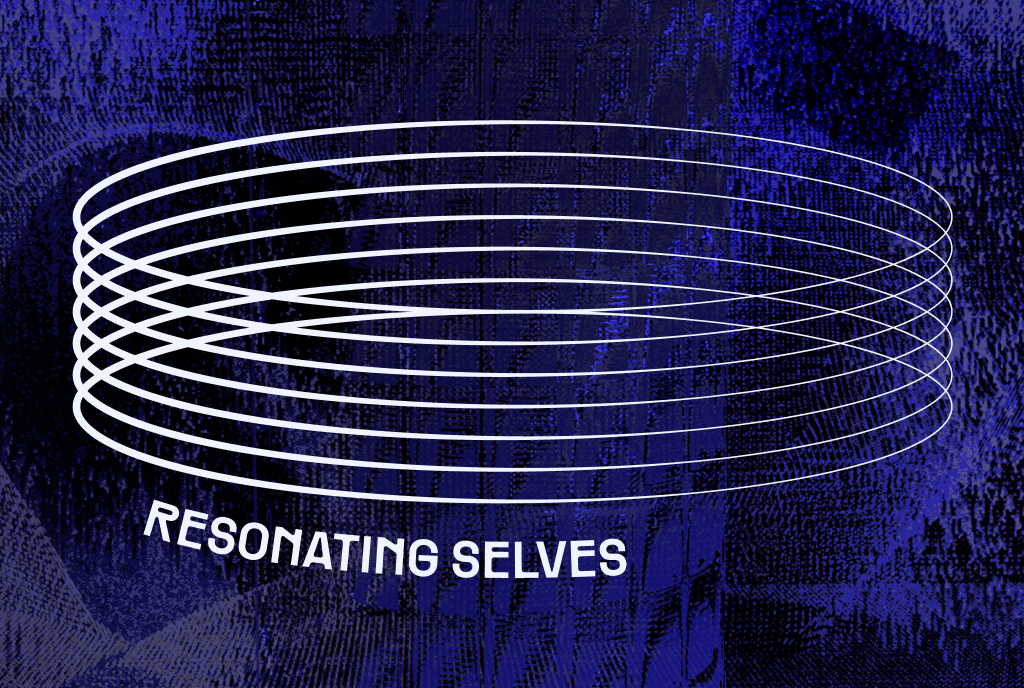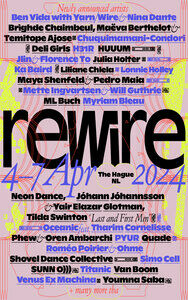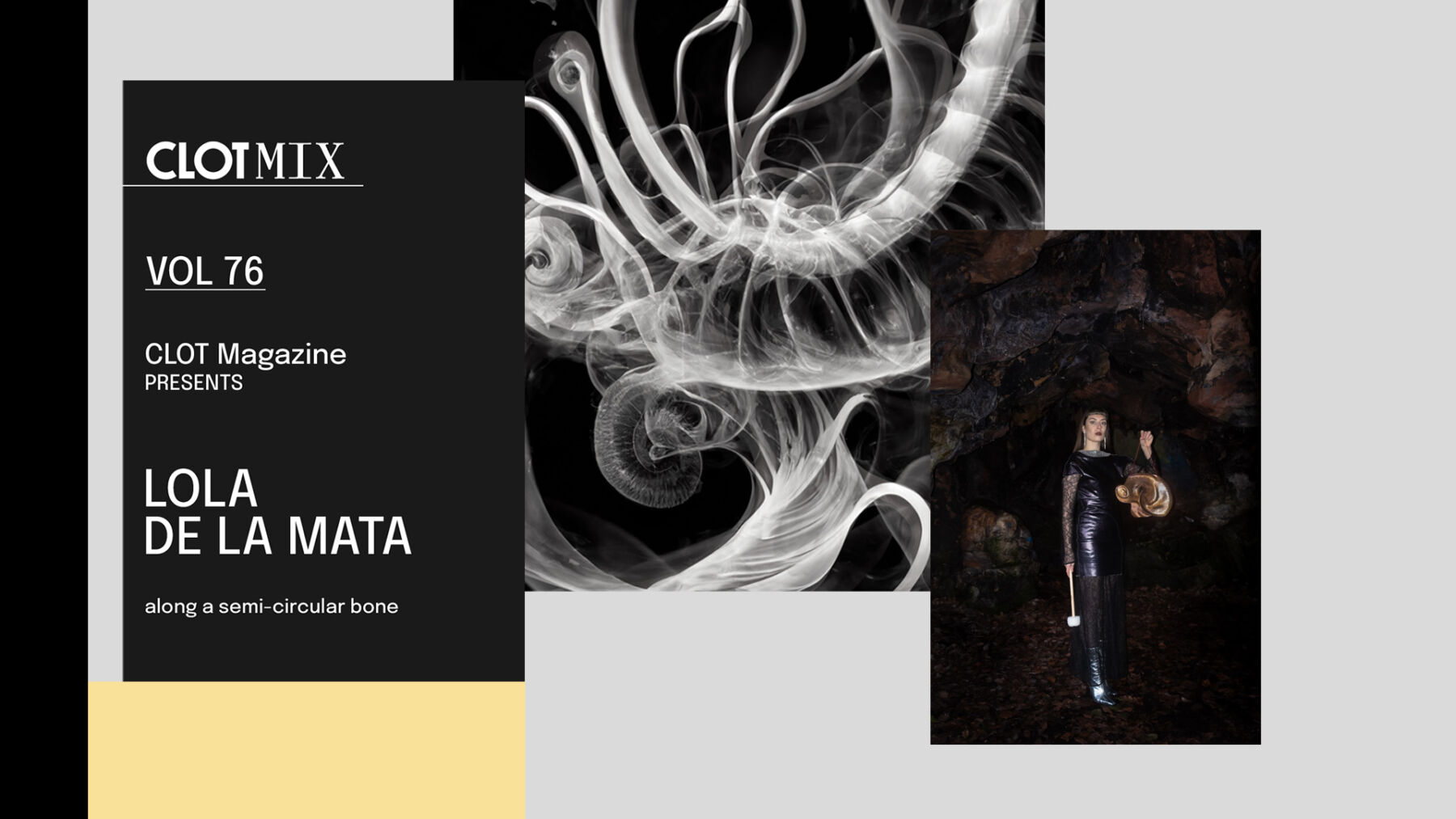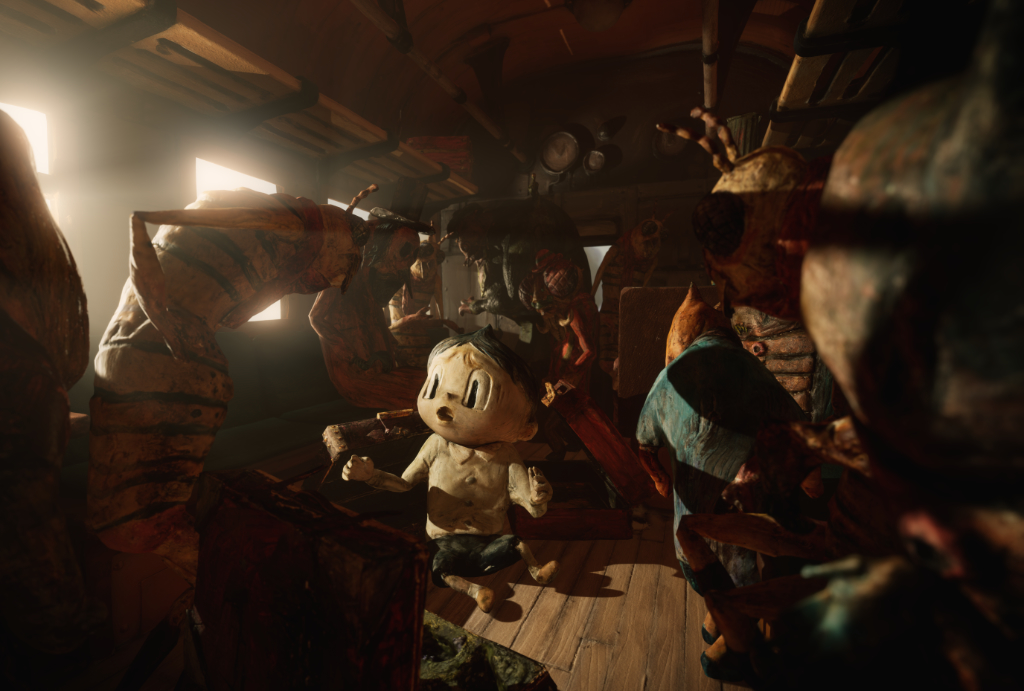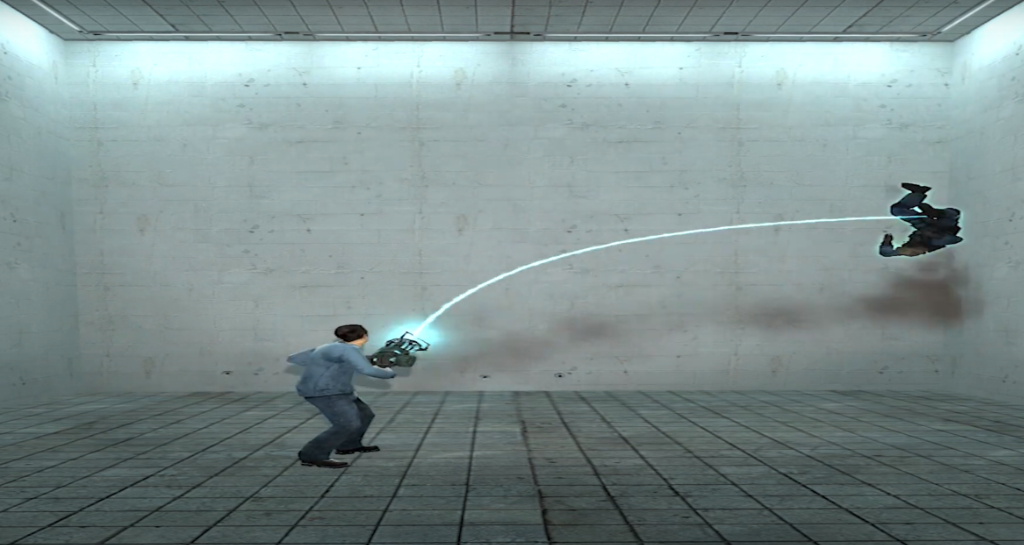Text by Manuela Naveau
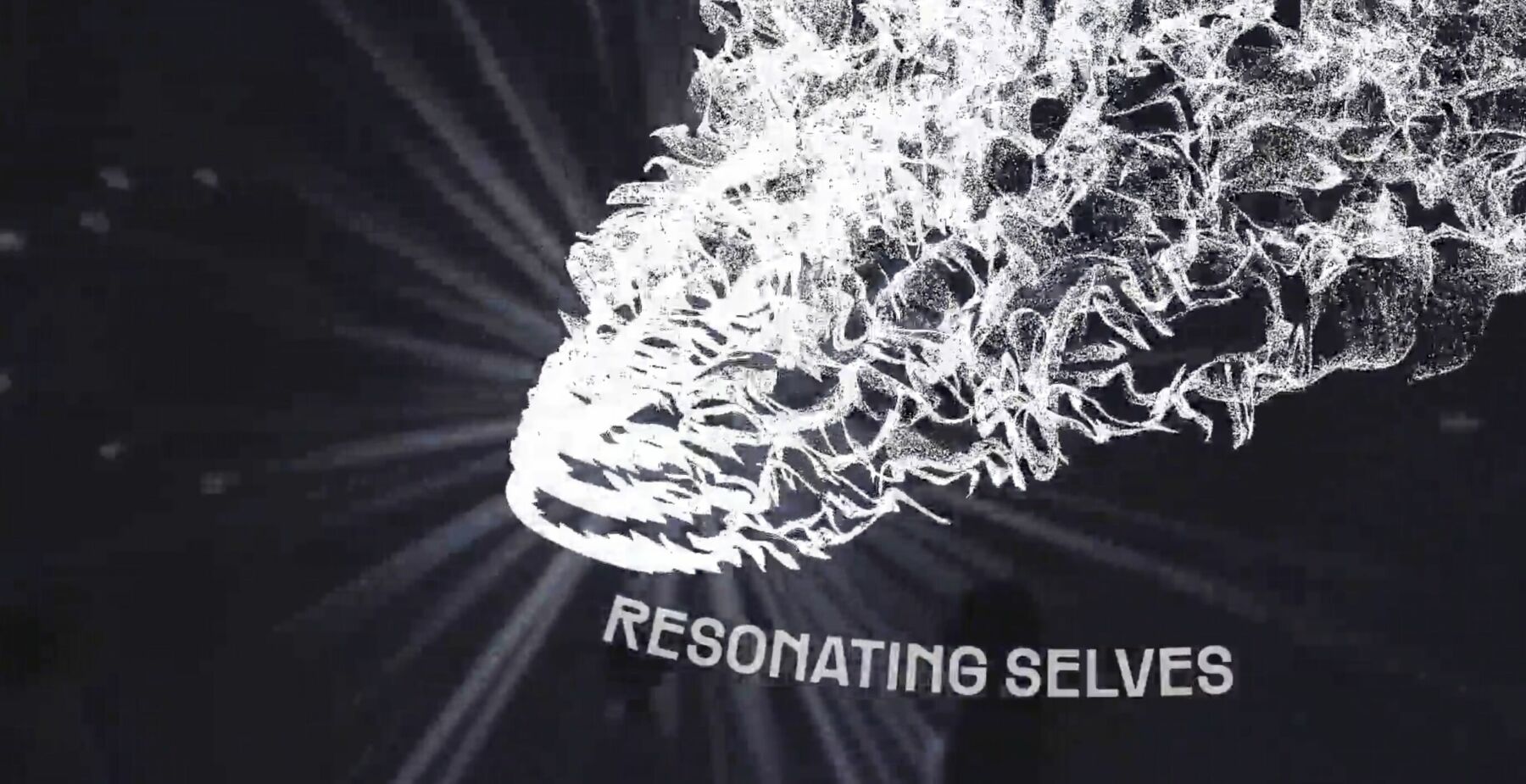
In computers, the “mathematical objectification” (…) never transforms back into a life-world sense, but at best, into contemplation or life of a second degree: scientific visualization, artificial life. Universally programmable computers are so cut off from human experience that there is a danger that they would program their users as well.
Friedrich Kittler [1]
Resonating Selves and the dissolution of our bodies
At a time when the immateriality of our world is of enormous importance (as we translate our surroundings in codes and algorithms), one question arises: how will we deal with the digitally motivated dissolution of our bodies in the future? There are normative imaging expressions like “The digital twin” or “The digital mirror”. These terms refer to a seemingly identical mirror life in the digital space. However, the virtual environment is not bound by the properties of the physical world and requires a new kind of understanding and adaptation.
The digital space has unique characteristics that have nothing to do with properties in the physical space, and it is necessary to understand and acknowledge them. The artists Ahmed Jamal and Simon Weckert have explored the question of digital simultaneity in the image through an interactive screen installation. Mirror me! plays with the screen as a mirror, that is neglecting the person standing in front of it. The interacting person disappears as the recipients approach the screen, and only a fluid and transparent shadow remains. Instead of creating a direct mirror image, the recipient’s body suddenly becomes transparent, and one can only play with the reflections that arise in one´s own head.
Another work that could be understood under Resonating Selves and the Dissolution of our Bodies is I Died on Facebook by MAalex, Alex Fallica and Martina Pizzigoni, a physical installation and a game in VR. You find yourself in a virtual cemetery where Facebook profiles of deceased persons have been immortalized. The artwork encourages us to reflect on the impact of our immaterial selves on our physical lives and the consequences of prioritizing our online personas. They are asking: Do we need to think about the fate of our digital bodies when we die? Do they exist indefinitely, or do they too perish? Visitors could visit the work on-site in an impressive tomb installation with VR goggles or the cemetery online.
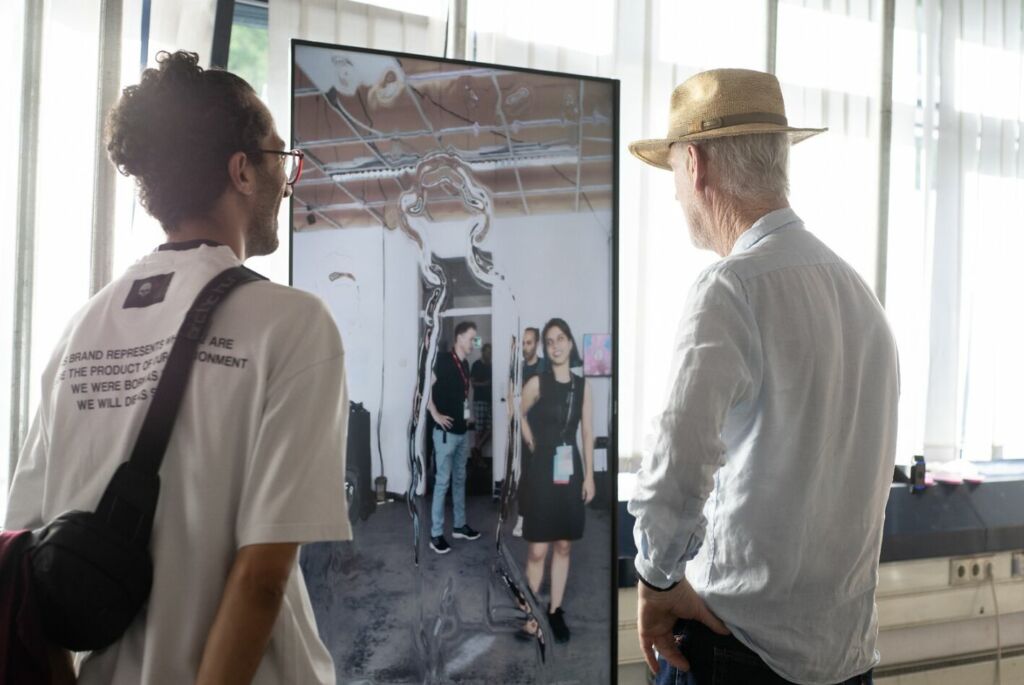
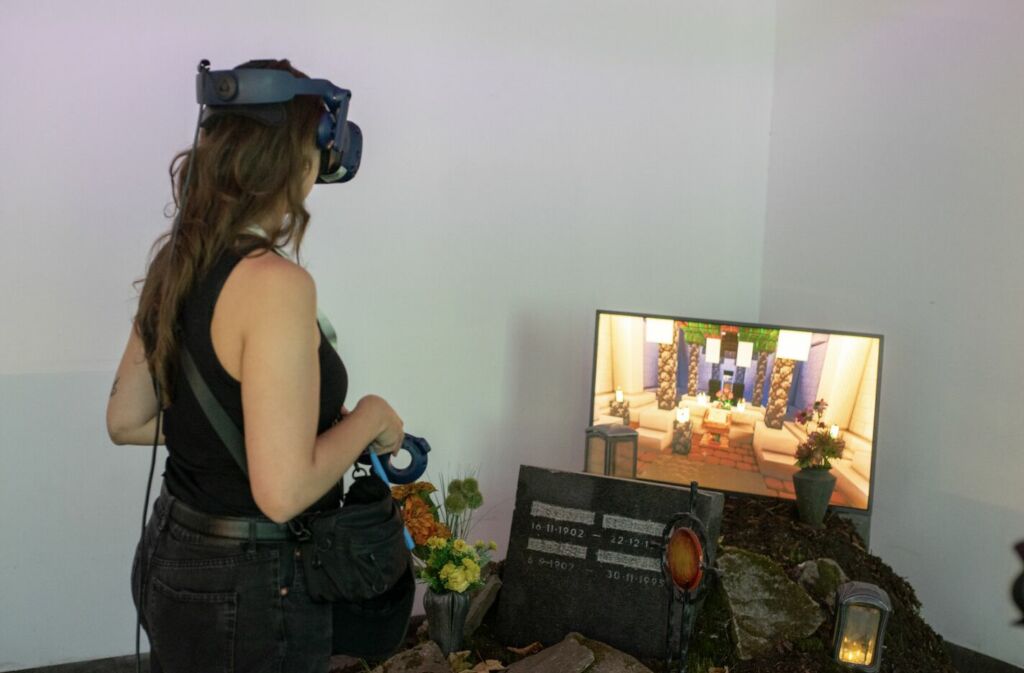

The self in resonance with the absent
Like the topic in Luxembourg, which questions the absence of certain data in the digital world, the exhibition in Linz deals with the formulation of “the self in resonance with the absent” in the context of interaction with digital media and digital simultaneity in images. This refers to a relationship between one’s own self (and here, we do not speak just about bodies) and that which is not per se present in the digital realm.
Resonating Absence by Emma Silvana Tripaldi is an interactive installation that visualises distance. The work is inspired by a feeling defined by the untranslatable word Awumbuk. This refers to the melancholy and emptiness that lingers after visitors leave. The work detects the presence and movement of the viewers. It translates absence into sounding oscillations that are again moving the surface of a petri dish filled with water, which is translated as an immersive projection onto the wall. The absence of visual resonance, life, interactive, and to be understood as a reflection on the fragility of interpersonal relationships, encounters and the state of agitation induced by the fear of facing the void.
Unlearning Gender by Jelena Mönch and Miguel Rangil showed that absence does not necessarily and exclusively have to be understood in connection with the human body. Their work is about the absence of language and definitions and the non-existence of vocabulary, which means that parts of society are neither seen nor recognized because of their gender or sexual orientation. The artist rightly claims that language finds realities.
Deployed vision machines encapsulate, label, and categorize bodies through words. Image processing machines categorize bodies that fit into a binary worldview of gender. Reality is much more complex, a multitude of shades of grey. Unlearning Gender speculates on alternative modes of categorisation to resist algorithmic-binary normalization. Through the symbolic hacking of the computer vision interface, the project aims to escape from gender and break with the techno-social binarisms embedded in technology.
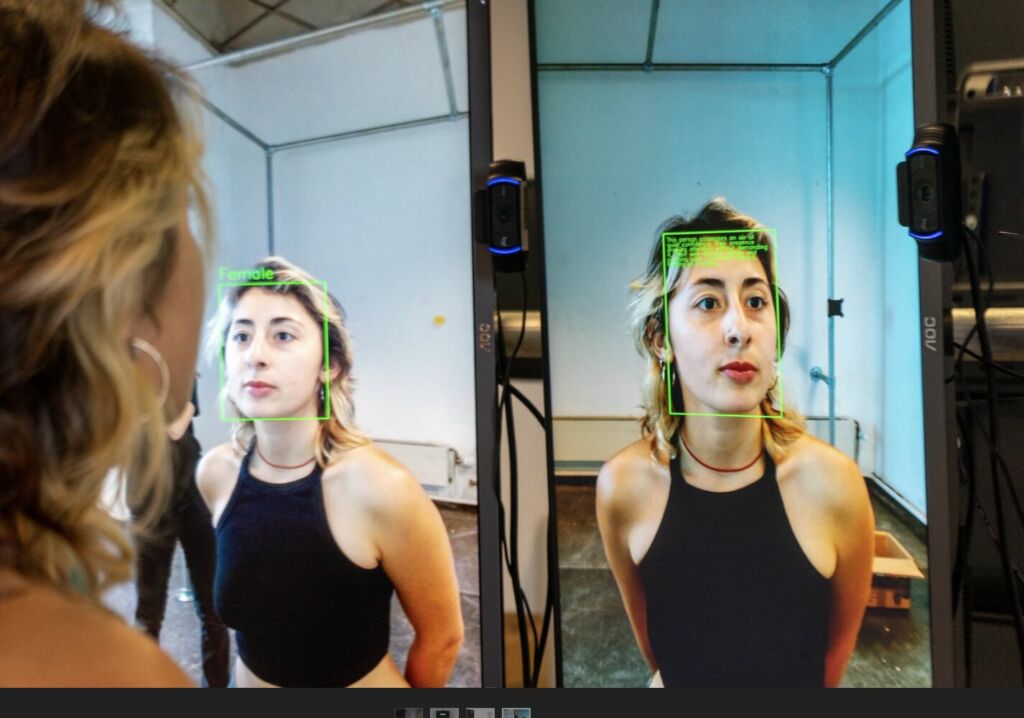

Resonating Selves: Collecting the Past to Hallucinate the Future
AI hallucinations, which are fed with data from a particular past and how they can be understood as a form of resonance between the (past) self and global futures, were another topic that interested the students. Reconsolidated Memories by Viktória Angyal (HU) is an interactive video installation that uses images from the artist’s personal archive to illustrate how the brain processes and manipulates memories. The artist reflects this process through a constant and vivid manipulation of the image by recognizing the audience in front of the screen: the longer a visitor looks at the work, the more distorted the images become.
Similarly, Miguel Rangil proposes a speculative device called Future[past], which is sent to Earth to process the past and transform futures. Using AI, he configures multiple new possible past futures, escaping the environmental, political, economic, and social uncertainty that defines our present and imagining other futures. He further states that the past is unchangeable in the eyes of progress; objectively speaking, the past has shaped our world into what it is today. But knowing about the problems in our world, he cynically asks how we can get rid of history while visitors let their thoughts run wild on an installation of screens, videos, on sand and soil.
In resonance with the self, the environment (and what we understand as a capital)
This ultimately brings us to a topic that lies on the shoulders of students, teachers, and above all us as a society, namely how we can and must think about questions of identity in connection with our environment. Raindrop Price Index – You Cannot Refill A Sea With Tears by Maria Orciuoli (IT) offers two generative and moving images based on measurements of the water balance cycles of terrestrial ecosystems.
The animated data visualization manifests water movements on an aesthetically impressive level, drawing on current data from ClimateEngine’s 2011-2021 TerraClimate dataset, which processes information from Google Earth and is prepared and made available by researchers at the University of Idaho from NOAA and NASA.
The artist questions how the value of our ecosystem can be recorded through data and the accounting of natural capital and uses artistic research methods of data visualization to reflect on a possible value system construction that combines the interaction of nature, society, and economic systems. The accompanying research for the project is included in a poster in the exhibition setting and reveals data sources and background information.
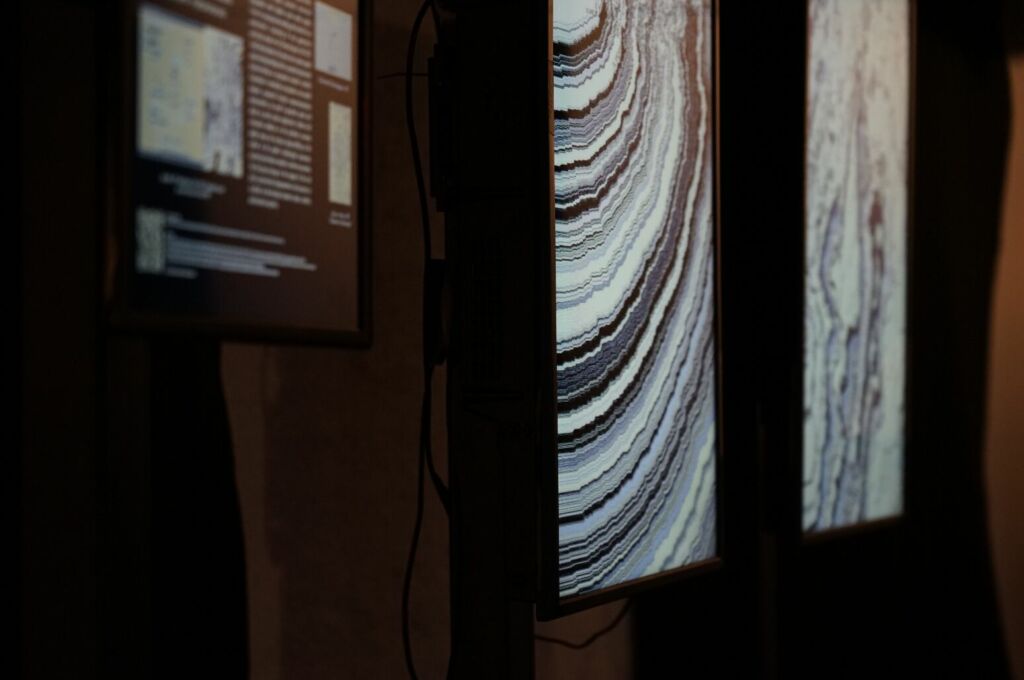
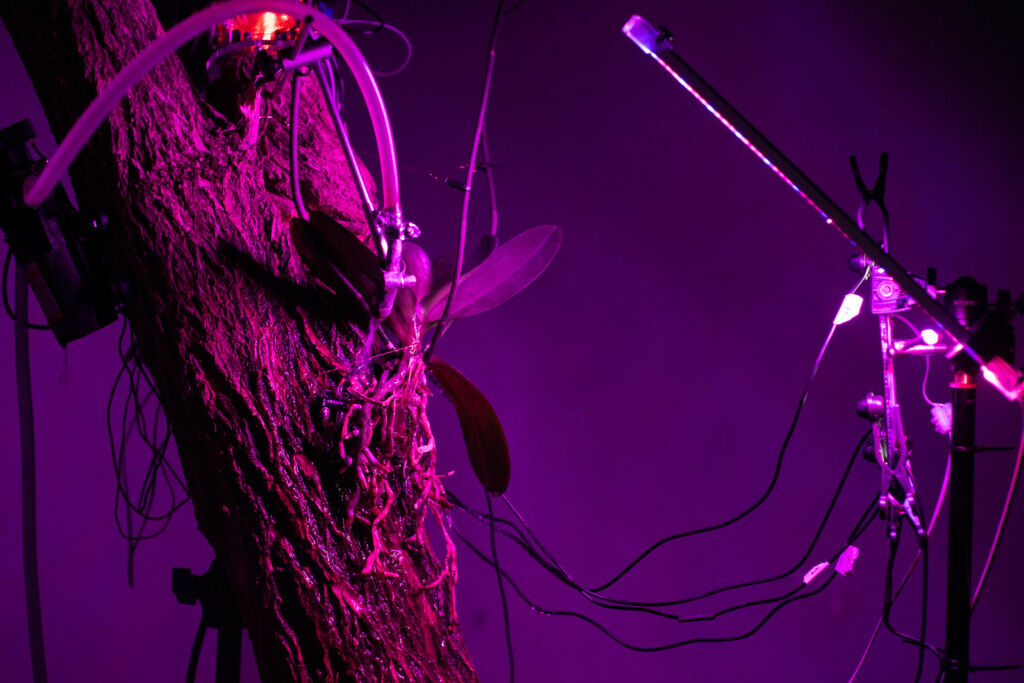
Volkan Dinçer, on the other hand, questions human-non-human relationships with @theorchid_beauty. In @theorchid_beauty, the orchid, as a plant, becomes a cyborg in symbiosis with social media and reveals the relationship between capitalism and nature. This orchid has its own Instagram account and only survives if it gets enough Instagram likes.
When the plant needs water, it posts a selfie on Instagram and waits for likes. The anthropocentric culture of likes (affection) is a phenomenon that plants and many other human and non-human organisms, including orchids as parasites, are exposed to. This project examines possible discourses and questions about human-non-human relationships. It fictionalizes new forms of needs and affections in order to achieve a new, different sensitivity towards the environment.
Many more works were exhibited than those that found space here. They all serve as examples of the issues young artists and designers face. The form of communication and mediation through art and technology shows how important these contributions are and how relevant they are in a social context. Above all, they keep the discussion about long-term problems going and inspire sustained reflection and the finding of new thought models. According to Friedrich Kittler’s quote, we already have to get much closer to these computer-based logic and language systems.
We have to learn to understand them in order to be able to control their effects on us humans much better and how to deal with them in our environments. And we will continue, as in September 2024, we will celebrate 20 years of Interface Cultures. Since 2004 the students from Interface Cultures have been building an important part of the Campus at Ars Electronica Festival, at a time when the department was founded by pioneering media artists Christa Sommerer and Laurent Mignonneau. They started discussions and elaborations around these topics already in the 1990s, welcoming students to think with them further about the importance of art in relation to technological developments and their influence on society.
This is the second part of the full article. Find here part I.

